More and more dogs across the country are going under the knife for plastic surgery, but when Spot gets a tummy tuck, it's not just to look good at the local dog park.
Veterinarians say more pets are undergoing cosmetic procedures in order to relieve painful medical issues, particularly in popular breeds like French bulldogs, pugs and Shar-Peis. Procedures that may be seen as frivolous in humans like eyelid lifts and tummy tucks can often have important medical benefits in pets.
Plastic surgery on pets is now a $62 million-per-year trend
Play Video - 3:18
"When it comes to animals, the plastic surgery we do is not necessarily for cosmetics,'' Dr. Jeff Werber of Los Angeles-based Century Veterinary Group told Jo Ling Kent on TODAY Thursday.
"It's more for what we call function. These are animals that are coming in for problems that are persistent - infection, inability to breathe, eye problems."
Among the most common procedures are tummy tucks to prevent bacterial infections, eyelid lifts to avoid scratched corneas, and laser nostril procedures to help dogs with wrinkled noses breathe easier.
Americans will spend an estimated $69 billion on their pets this year, according to the American Pet Products Association. People spent $62 million on plastic surgery for their pets in 2011, per animal insurance company Petplan. Procedures can cost anywhere from $150 to $200 for an eyelid lift to several thousand dollars for more complicated surgeries, Dr. Werber said.
Breeding for specific physical attributes desired by consumers has also caused persistent medical issues requiring cosmetic surgery.
"It's our fault,'' Dr. Werber said. "And I think the more we breed in, with the pugs and the Boston terriers and the French bulldogs, those pushed-in faces, the more problems we're going to have with the nares (nostrils), the nose and the elongated palate."
In the case of dog owners Christy and Trevor Gale from Venice Beach, California, plastic surgery was crucial for their 1-year-old French bulldog, Tonka.
The couple had spent between $15,000 and $20,000 on medical bills, hospitalizations and medications for a respiratory blockage in his snout until Tonka finally went under the knife.
"Every time we would feed him, he would regurgitate his food,'' Christy Gale told Kent. "He was in a lot of pain, you could tell. He had no energy whatsoever."
"We were freaked out,'' Trevor said. "We didn't know what to do."
This stampede of bulldog puppies is guaranteed to brighten your day
Play Video - 0:29
Cosmetic surgery fixed the issue for about $1,500 after they had spent 10 times that amount trying to address the problem.
In some cases, pet insurance can cover the costs of plastic surgery, but many procedures are often not covered, leaving owners like the Gales paying out of pocket.
While some might question spending that much money on a pet, to the Gales it was a no-brainer.
"It's not just a dog,'' Christy said.
"It's our family,'' Trevor said. SEE VIDEO,TWEET, RELATED; http://www.today.com/pets/puppy-plastic-surgery-pets-booming-business-t113801







 HARRISBURG, Pa. – Governor Tom Wolf yesterday signed the animal cruelty prevention bill at a public celebration surrounded by advocates and members of the legislature.
HARRISBURG, Pa. – Governor Tom Wolf yesterday signed the animal cruelty prevention bill at a public celebration surrounded by advocates and members of the legislature.

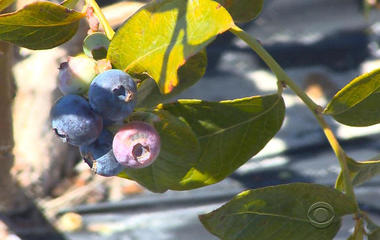





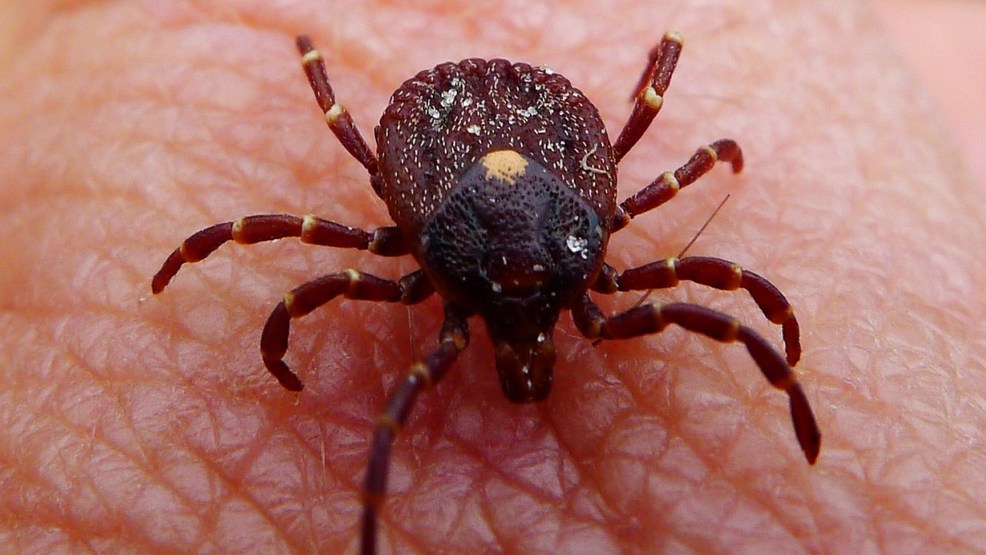
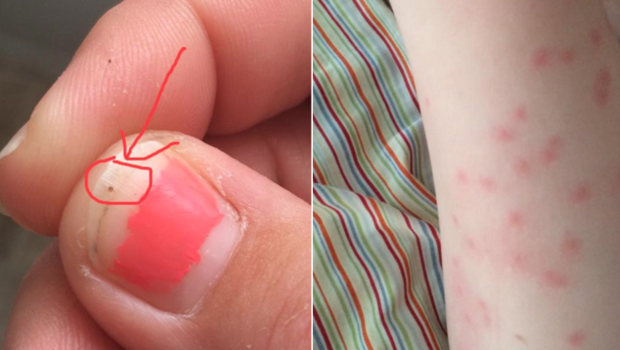




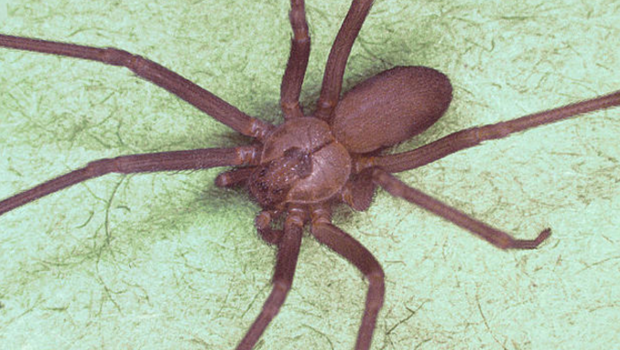

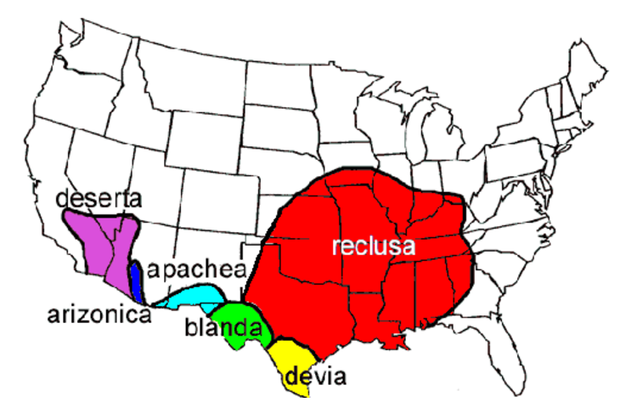
30 WaysTo Keep Your Pets Safe From Summer Dangers
in Pet Forum
Posted
30 ways to keep your pets safe from common summer dangers
For starters, your pup should never eat corn on the cob